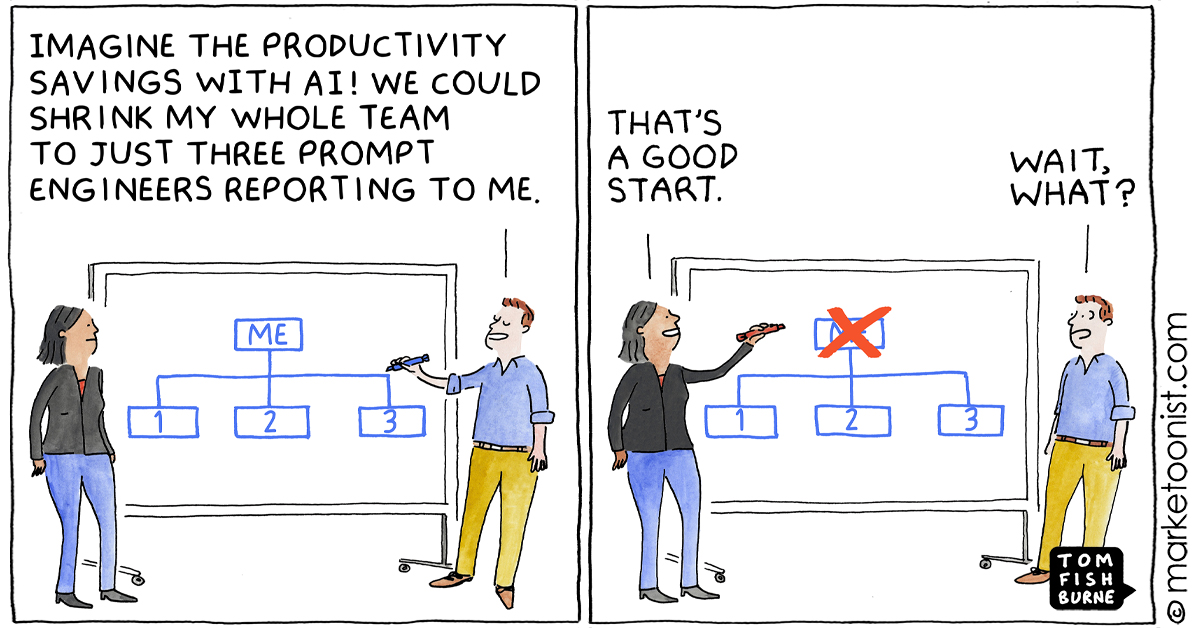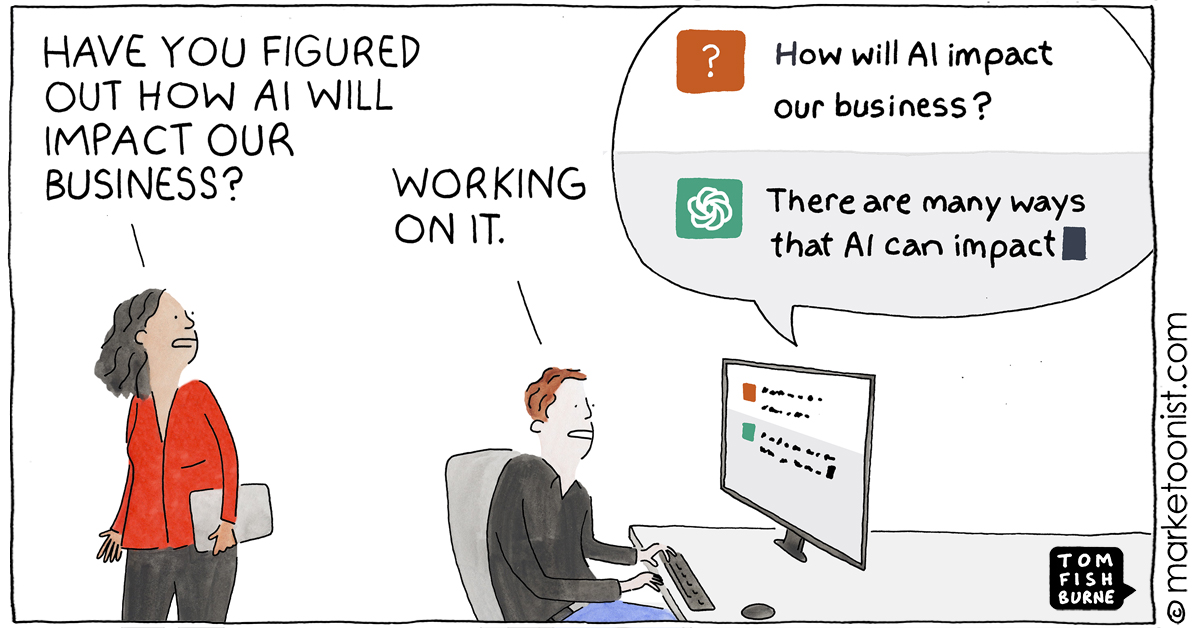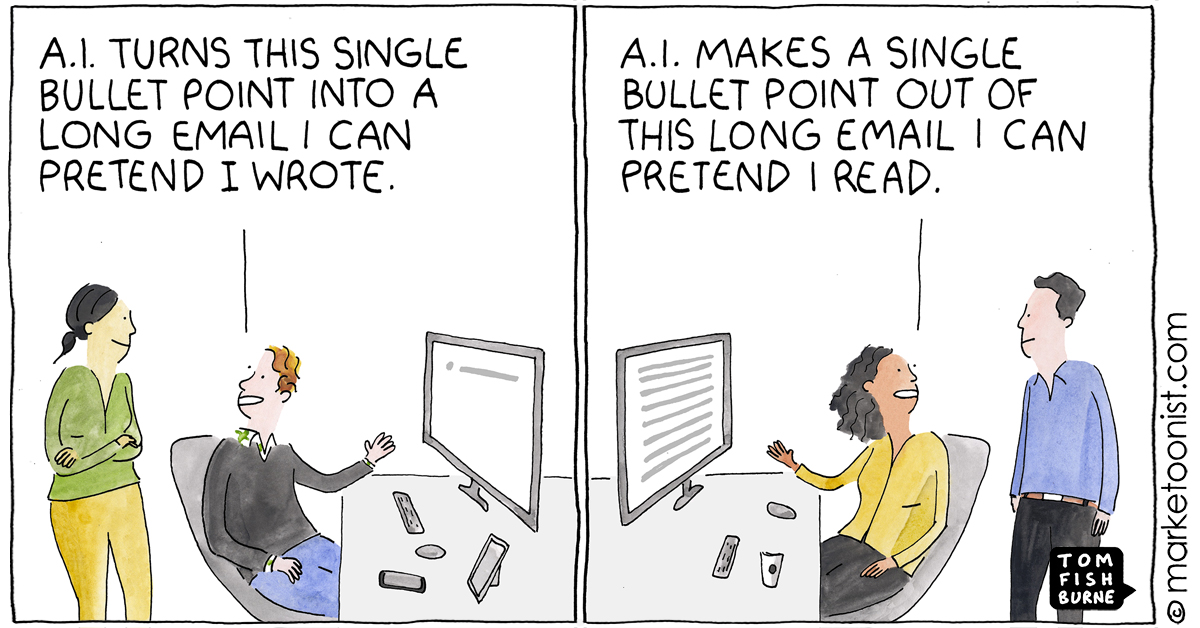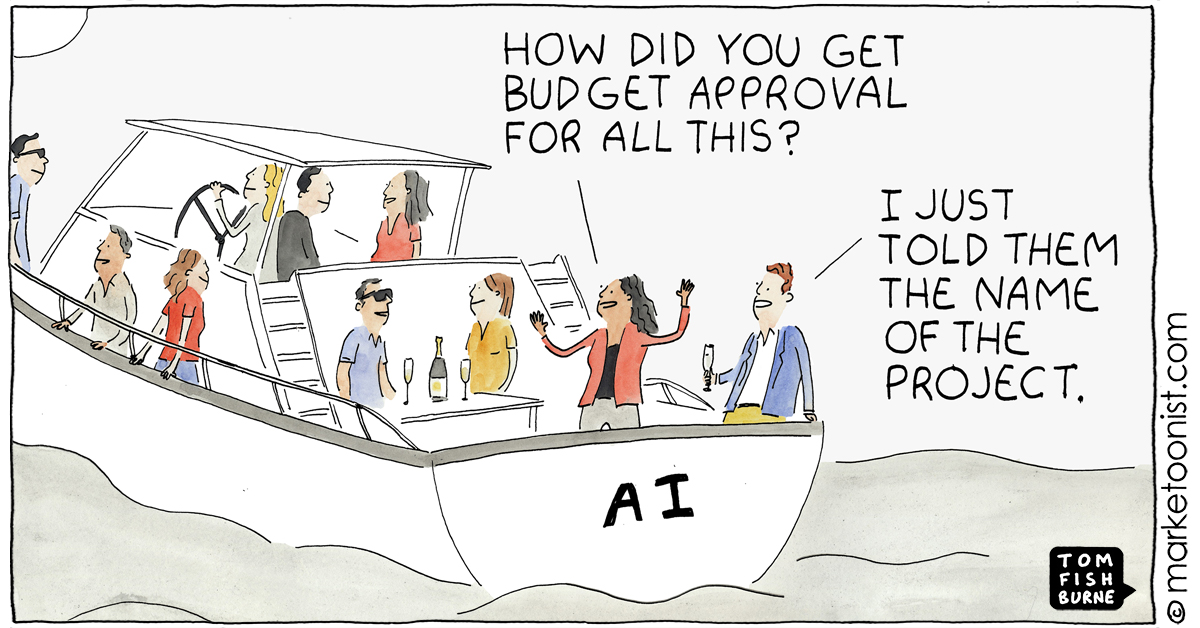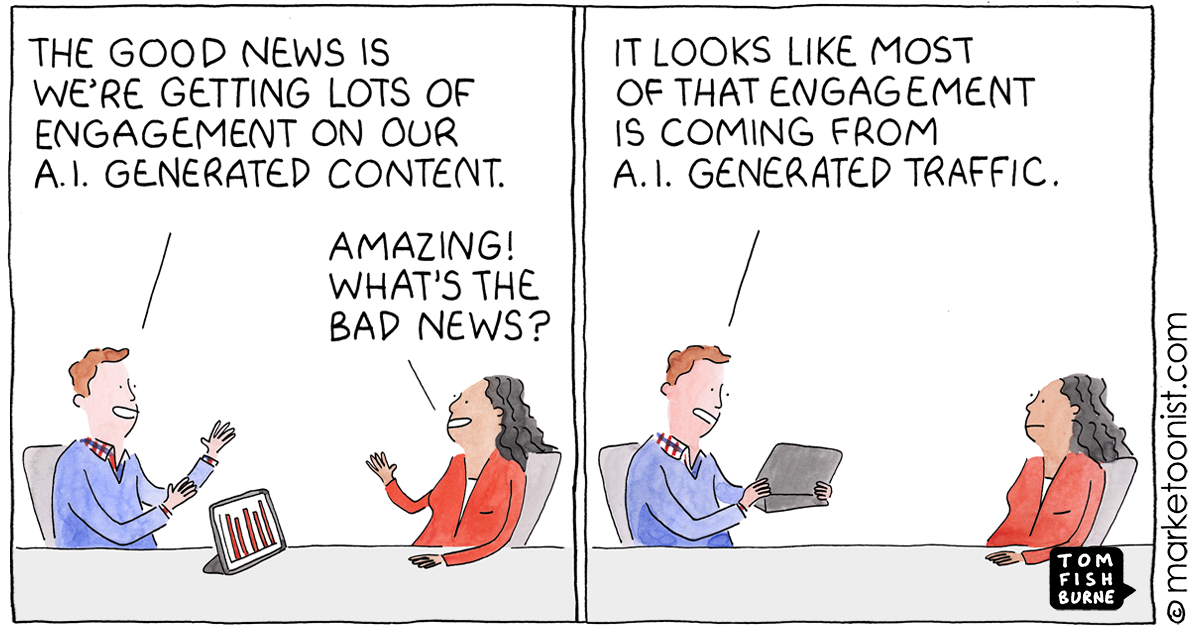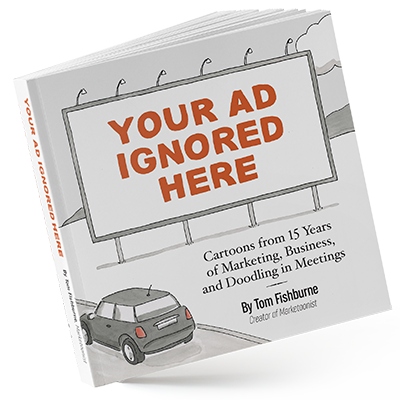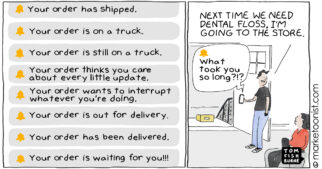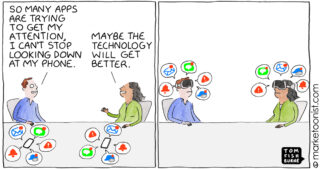“Maybe AI will help you work. But more likely, you’ll be working for AI.”
Ian Bogost made this observation a few months ago in the Atlantic, and it stuck with me. As organizations scramble to incorporate AI, no one knows quite how AI will impact the future of work. Will productivity gains be offset by, as Ian Bogost put it, AI’s “inevitable bureaucratization?”
Or will it map closer to the vision described by Nvidia CEO Jensen Huang last week at a commencement address at National Taiwan University. Huang said that “2023 is a perfect year to graduate” and that graduates will be able to “take advantage of AI and do amazing things with an AI copilot by your side.”
Huang then voiced a sentiment I’ve seen countless times in the months since the arrival of ChatGPT:
“While some worry that AI may take their jobs, someone who’s expert with AI will.”
Some of the biggest open questions about AI disruption involve the organizations of the future, what skills are required, and the impact of productivity. Not even leadership is immune to the potential impact.
Alibaba CEO Jack Ma once predicted that in the future “a robot will likely be on the cover of Time magazine as the best CEO.”
Last August, a Hong Kong-based gaming company with $2.1B in annual revenue appointed an AI bot to be their CEO. Tang Yu, the AI bot CEO of NetDragon Websoft, works 24/7 for no salary. Their share price is currently up 10%.
Gimmicky PR stunt, sure, but McKinsey estimated that at least 25% of a CEO’s time is spent on tasks that AI could replicate, from reviewing financial performance, to sending emails, to forecasting trends.
I think organizations should question just how best to approach the AI-powered productivity boom. There will be a difference between organizations with a growth mindset versus those with a cost-cutting mindset.
Productivity through cost-cutting alone is often a race to the bottom.
Here are a few related cartoons I’ve drawn over the years:
